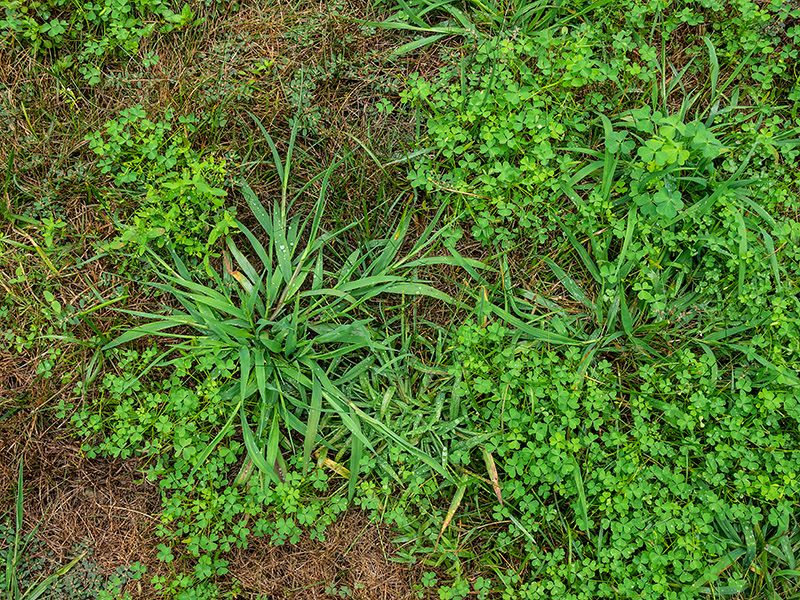Prevent Crabgrass From Taking Over
Crabgrass is a weed that will often take root in bare patches in your lawn and is extremely opportunistic. It’s that time of year when preventing crabgrass is important if you want your lawn to look as healthy as possible.

When To Prevent Crabgrass
Preventing crabgrass starts before the seeds have a chance to germinate, which happens around 62 degrees Fahrenheit. This means that before early spring, when the soil temperature is between 50 and 55 degrees, you should be laying a good crabgrass preventer so that the grass doesn’t take root in your lawn.
Weather Conditions to Apply Preventer
Weather conditions play an important role in when you apply your crabgrass preventer. Provided that the temperature is ideal, preventer should be applied before a rain, so that the rain can help the preventer permeate the soil. This will ensure that the preventer gets all the way down to where the seeds are buried, and so that nothing is missed in the application.
Post-emergent Options
Sometimes, even after our best efforts, crabgrass still manages to take root and grow in our lawns. While pre-emergent prevention is the best option, if you have noticed seedling crabgrass growing in your lawn, you would want to use a post emergent crabgrass herbicide. One of the best herbicides for crabgrass in seedling form is dithiopyr. It will keep additional seedlings from sprouting, and will create a pre-emergent barrier for the next season. If you have full blown, mature crabgrass, contact us for a professional treatment of harder hitting chemicals today.
Crabgrass can quickly ruin the look of an otherwise well maintained lawn, but with the right knowledge, you can prevent and overcome this obstacle. Contact us today for information on setting up a pre-emergent for crabgrass and other pesky weeds, or getting rid of the weeds and pests that are taking over your lawn today.
